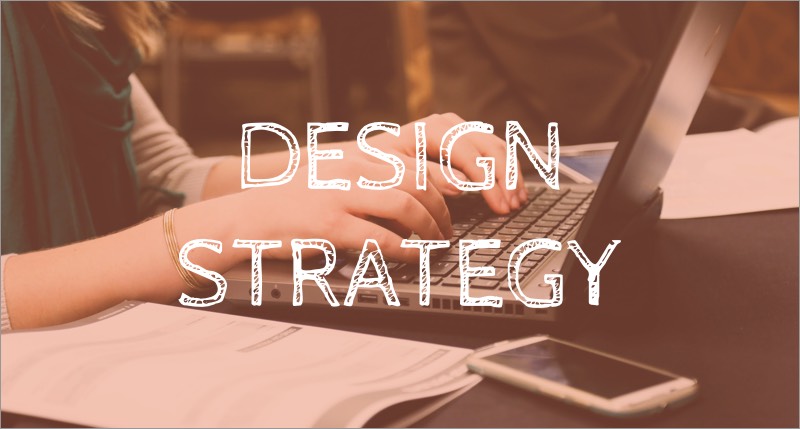

May 18, 2016
•Last updated November 5, 2023
Learning User Experience Design Series: Design Strategy
In the next part of our series, I’ll discuss how to create a design strategy of which you or your team can utilize to develop a plan of attack before any real design begins.
What is a Design Strategy?
In short, a design strategy is a plan, one of which you can use to perform all the steps discussed in the previous article in the series on Design Thinking. I highly recommend you check it out as a prerequisite to this article.
To go a bit deeper, a design strategy involves setting the necessary short term and long term requirements for the UX design process. Often times UX researchers play a big part in this phase as a lot of external research is often required to lay the groundwork for the problem you are trying to solve. Starting with real data on users is also a huge plus if at all possible as well.
Design Strategy Methodology
To develop a design strategy there are some tried and true methods in place. You can use these methods to uncover more about the problem and even brainstorm possible solutions. These methods often uncover more problems that you weren’t aware of, to begin with. Many good efforts towards designing a good experience combine multiple, if not all of these methods, to develop a solid design strategy.
Personas
Personas are a fictitious but realistic guess at what a user could represent for the challenge at hand. Within a persona, you will typically find information like demographics, behaviors, and motivators. The focus of empathy plays a big hand when creating a persona as it creates a real-life scenario even though the character created is completely fictitious.
User stories
User stories separate each piece of the user experience into chunks which define what the user is trying to achieve. Each chunk collectively resembles the finished experience. Having user stories on file often motivates a team to align towards a working goal if there is ever a diversion along the way.
Architecture maps
If you have a complex experience that resembles more of an ecosystem than a few screens, you might need to develop a graphical representation of the architecture in place. This often means connecting the dots between the heart of the experience as well as extraneous elements pertaining to marketing, onboarding, and more. Visualizing the architecture can often tell you what needs to be present and what doesn’t.
Compare with your competitors
Competitors will often battle to carry the same advantages to their consumers. Sometimes your competitors may gain the lead by launching something new. You can find out a lot about your own experience by looking at others to find out what works and what doesn’t for your features. Comparing your features to theirs often yields industry standards and opportunities for growth at the same time.
More reading
A Competitive Analysis Example
Stakeholder interviews
Interviewing stakeholders with a series of questions pertaining to the problems at hand will help to gather insight about a collective goal. You’ll want to perform interviews internally (within your own team) and externally(actual users or suggested users). After a few interviews, you should begin to see patterns that will help drive the design strategy by prioritizing features and key performance indicators (KPIs).
User journeys
Documenting each step of your experience is a great start to discovering what may be missing in it. Often times user experience designers will see steps along the journey that are not required altogether. A user journey is much like a timeline that documents the user's interactions from beginning to end. It is a visual cue of all the paths a user can take to find whatever they are looking for or perform a certain function.
Key performance indicators
A key performance indicator is a type of performance measurement that evaluates the success of a product or service for which activities it engages. In layman’s terms, KPIs are the most valuable offerings of your experience that are measurable over time.
75 KPIs every manager needs to know
Putting it all into place
Using any combination of the methods I’ve mentioned will almost always yield some beneficial information to help solve the problems you are facing.
When it comes to UX design you need to back up your design decisions with real data from internal and external sources. Developing a strategy with these specifications as a basis is the best thing you can do to arrive at a well-tested solution.
Up next in the series I will discuss the conceptual phase of the User Experience design process. Be sure to subscribe to our newsletter for updates and more.
